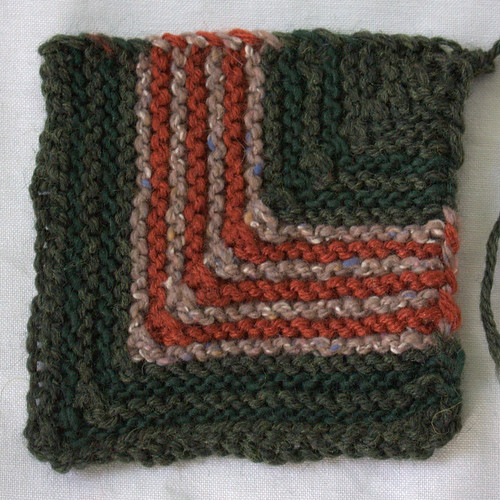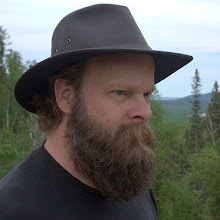
In April 1987 I had just turned 23 and had two weeks between completing my degree and beginning a diploma program in journalism. With the time available I realized a lifelong dream, flew to Vancouver, rented a car, drove to the west coast of Vancouver Island and camped on Long Beach, facing the open ocean. It was my first big adventure alone. I spent a few days wandering the beach, getting dive-bombed by rufous hummingbirds, poking around tide pools, photographing sea anemones and starfish, and tasting the richness of a temperate rainforest. The entire experience impressed me, and few experiences from my youth have remained with me so clearly, but it was the forest that affected me most deeply.
For a boy from the east, everything there was out of scale. Giant trees sheltered giant ferns and giant slugs. The park trails consisted of boardwalks that wound through an understory so tangled you would not be able to move if you ventured into it. The ground was strewn with corpses of ancient trees, their fallen trunks thicker than my height. Their rotting flesh nursed all kinds of life, especially saplings that had sprung up and matured. I saw giant western redcedars standing on their predecessors, which must have lain there for centuries.
At the time I was appalled at the evidence of so much death and rot. Nature to me had always been splendid and lovely; there I saw a rank and morbid shadow underneath.
I was a devout Christian, and the forest reminded me of a passage from the Book of Romans:
For the creation was subject to futility, not of its own will, but because of Him who subjected it, in hope that the creation itself will also be set free from its slavery to corruption into the freedom of the glory of the children of God.
For the first time I was struck by the direct realization (as I believed then) that man's fall had brought evil into the garden, nature itself was tainted and plagued by death, and it would not be relieved until the Earth was destroyed and remade. It grieved me so much, I wept.
In this square I used four different yarns to describe the look of the cedars and their bark. Reddish-brown is the wood under the bark, but it still looks that way after rotting for hundreds of years. Several of these yarns came from a stash at knit night, run by my friend Anne at Studio 490.
I hindsight I realize what people believe is too often guided by fear of death. Death is the great unknown, and we do our best to make the prospect more palatable. As a Christian I looked forward to singing eternally before the throne of God.
I don't believe that anymore. Consciousness is a function of our brains, and will dissipate when our bodies die. Maybe that's a bleak outlook, but we better deal with it.
I would like to go back and see the western redcedars again, not as fallen compatriots of humanity's brokenness, but as glories of the earth. Their life is grand and beautiful; so is their death. Their mouldering bodies are fertile and spectacular, giving rise to more life and diversity. I want to celebrate that and see myself, too, as part of a cycle. When I die, I hope my life will count for something here on earth. That is the true challenge.


A lot of times, I find I tend to forget how rich this area is in wildlife and fauna. The circle of life and death is so very evident in the rainforests here. 1989 was my first time to Tofino. Being a city gal, wilderness was Stanley Park. That trip was a real eye opener. I love your little squares. What are you going to make with them or will they be a lifelong project?
ReplyDelete